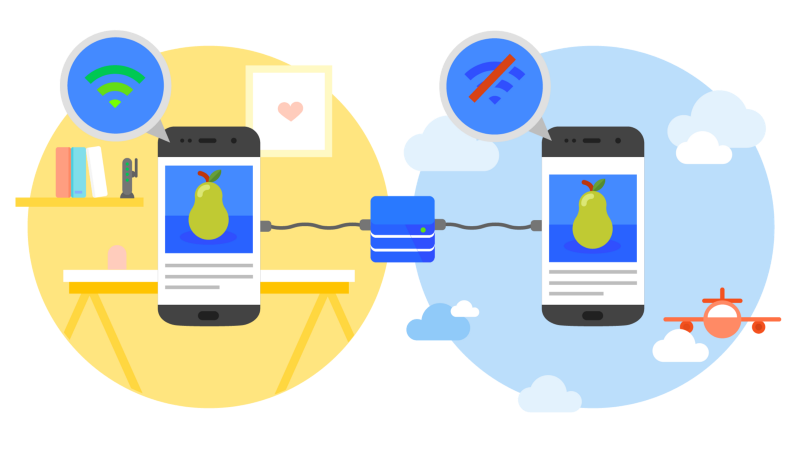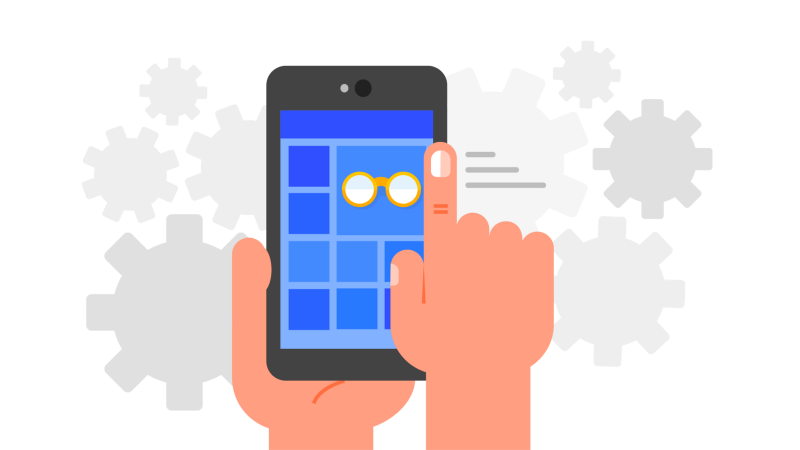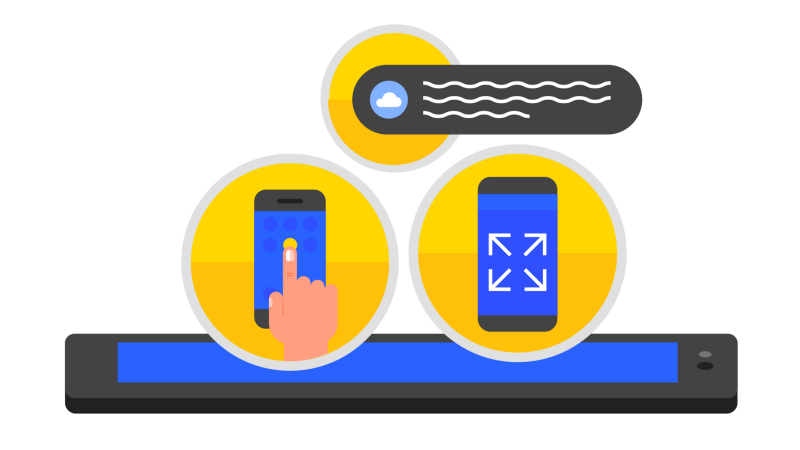Increase Engagement with Progressive Web Apps

Google’s Ani Mohan discusses the next generation of the web, how it’s changing and how businesses are taking advantage of it.
There’s a constant battle between apps and the web, and what are they fighting for?
User attention.
On one hand, apps see more engagement from users, but it’s very difficult to get discovered if you haven’t won the so-called “app lottery”. On the other hand, the frictionless experience of the web generates more unique visitors and a wider reach, but have lower engagement. What if there was a way to eliminate this trade-off and get the engagement of an app with the broad reach of the web?
The Answer: Progressive Web Apps
In a nutshell, progressive web apps use the modern web capabilities to deliver an app-like user experience. It’s able to do things that native apps can do like send push notifications, work offline, and load on the home screen but are accessed on the mobile web.
By being reliable, fast and engaging, PWAs create a new and engaging experience that is leading the next generation of the mobile web.
Here’s why they’re great
Reliable

When a progressive web app is launched from the user’s home screen, service workers enable it to load instantly regardless of the network state. At a high level, the service workers work behind the scenes to pre-cache content to eliminate the dependence on the network, ensuring a reliable and fast experience for users.
Fast

Users expect an instant page load; in fact
53% of people will abandon a page if it takes more than three seconds to load.
Once pages are loaded, they’re expected to be fast– no janky scrolling or slow interfaces.
Progressive web apps use Accelerated Mobile Pages (AMP), an open-sourced landing page format that is optimized to decrease load page time and renders a simplified version of the page. Pages can be loaded 4 times faster with a median page load time of less than a one second and uses 10 times less data!
Engaging

Progressive web apps can be saved to a user’s home screen to mimic the look of a native app. When a user opens the web app from their homepage, they are brought into an immersive full-screen experience equipped with the ability to re-engage users with web push notifications.
Show me the money!

Having a sleek web design is great, but how does this affect revenue? The early adopters of this technology have already seen major results after building some sort of progressive web app.
Housing.com, a real estate startup in India, realized that customer acquisition was much lower on their mobile website than in apps. With this in mind, they were keen to invest in building a full progressive web app. As a result, they saw a 30% faster page load and a 38% increase in conversions!
E-commerce giant Alibaba also built a full progressive web app and saw a 76% increase in transactions on their platform. Aside from conversions, there was also a drastic increase in MAUs on both iOS and Android, showing how much users loved the immersive web experience.
How to Start
In order to have a progressive web app, your site must have https. This ensures a secure transport layer that is required for PWA features.
Once this baseline is set, you can add different features in a progressive way. For example, you can start by using web push notifications, then if you see success with that you can convert a key flow of your site to a progressive web app. Once you like what you see, you can then transition the entire site to a full web app.
Bottom Line
Building a high-quality progressive web app has incredible benefits, but is difficult to build from the ground up. It’s important to test new features and flows to make sure that the investment you’re putting in yields high benefits!
Watch Ani Mohan’s full presentation here.

Taplytics is a product experimentation solution committed to helping teams build digital products for their users and get the most out of their technology budget. By encouraging companies to execute, listen then iterate, Taplytics helps them validate product decisions with live user data to prove that they are making a positive impact.
